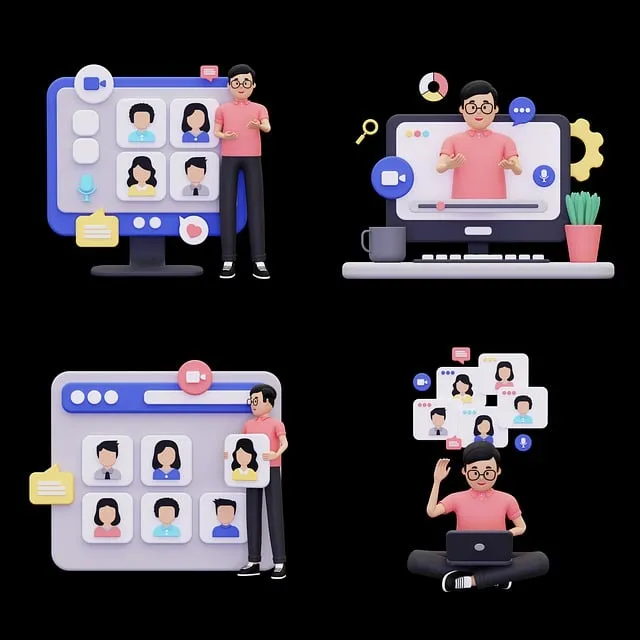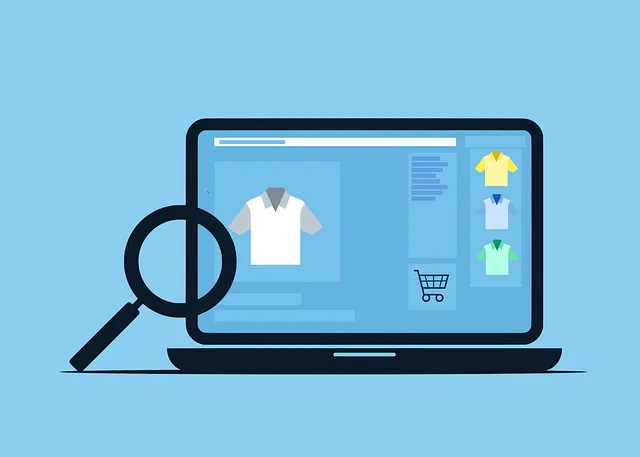In the digital age, whistleblowers, activists, and corporate intelligence officers face challenges protecting identities while sharing sensitive info. A stealthy browser designed for corporate officers offers anonymized browsing, advanced encryption, and proxy networks to mask IP addresses, ensuring discretion and safety. This specialized tool leaves no digital footprint, making it a game-changer for pursuing transparency, accountability, and secure access to confidential data—especially valuable in repressive environments or corporate settings where privacy is crucial.
In an era where digital footprints can be easily tracked, whistleblowers and activists face significant risks when sharing sensitive information. Protecting their identity is paramount to ensuring safety and fostering a culture of transparency. This article explores the crucial need for anonymizing tools in whistleblowing and activism, delving into technology’s role, design considerations for an effective stealthy browser, and implementation strategies. Armed with these insights, corporate intelligence officers can better support those who expose wrongdoing while safeguarding their own operations.
- Understanding the Need for Anonymity in Whistleblowing and Activism
- The Role of Technology in Protecting Anonymity Online
- Design Considerations for a Stealthy Browser
- Implementation and Support for a Secure Anonymizing Browser
Understanding the Need for Anonymity in Whistleblowing and Activism

In the digital age, whistleblowers and activists face unprecedented challenges in protecting their identities while sharing sensitive information. The rise of powerful corporations and surveillance technologies has made it increasingly difficult for individuals to expose corruption or advocate for change without fear of retaliation. This is where a stealthy browser becomes an invaluable tool, designed specifically for corporate intelligence officers who require utmost discretion.
Anonymizing browsing activity is crucial for those who seek to uncover truths hidden behind layers of corporate secrecy. It enables them to gather and share evidence without revealing their personal details, ensuring their safety and the integrity of their sources. With advanced encryption and privacy features, a specialized browser can leave no digital footprint, making it a game-changer in the fight for transparency and accountability.
The Role of Technology in Protecting Anonymity Online

In today’s digital age, technology plays a pivotal role in safeguarding anonymity online. Whistleblowers and activists often find themselves in dangerous situations when they choose to expose corporate misconduct or government secrets. A stealthy browser becomes their weapon of choice, enabling them to navigate the web anonymously and protect their identity. These advanced tools employ encryption techniques and sophisticated proxy networks to mask users’ IP addresses, making it nearly impossible for trackers to trace their online activities back to them.
By utilizing a anonymous browsing platform, corporate intelligence officers can also maintain their privacy while conducting investigations or accessing sensitive information. This ensures that their digital footprint remains hidden, protecting them from potential backlash or surveillance. In light of increasing online risks and surveillance, these technologies are game-changers, fostering a sense of security for those who dare to speak truth to power.
Design Considerations for a Stealthy Browser

When designing a browser focused on anonymity for whistleblowers and activists, stealth is paramount. The interface should be minimalist and free from any identifying marks or features that could reveal user identity or browsing history. This includes the removal of all branding and company-specific elements, ensuring the browser appears generic and not tied to any specific organization or individual.
Functionality must also be carefully considered. The browser should prioritize security protocols such as end-to-end encryption, Tor routing, and robust ad blocking to prevent tracking. Additionally, it should incorporate features like built-in VPNs, password managers with zero-knowledge storage, and a secure download manager to provide a comprehensive privacy suite. These design choices cater not only to whistleblowers and activists but also to corporate intelligence officers who require a more discreet means of navigating the web without leaving traceable digital footprints.
Implementation and Support for a Secure Anonymizing Browser

In today’s digital age, where online activities leave distinct traces, a secure anonymizing browser becomes an indispensable tool for whistleblowers and activists who seek to expose sensitive information while protecting their identities. Implementation of such a browser involves employing advanced encryption techniques and proxy networks to mask users’ IP addresses and browsing histories. This ensures that corporate intelligence officers, who may need to access confidential data discreetly, can do so without raising unnecessary alarms.
Support for a stealthy browser extends beyond technical capabilities; it also encompasses user-friendly interfaces and seamless integration with existing anonymization networks. By offering a secure yet intuitive browsing experience, these tools empower individuals to navigate the web anonymously, fostering an environment conducive to free expression and confidential information sharing, especially in repressive regimes or corporate settings where privacy is paramount.
Anonymizing browsers are not just tools of the trade for whistleblowers and activists; they represent a crucial advancement in digital security, particularly in today’s surveillance-prone landscape. By combining robust technology with thoughtful design, we can create a stealthy browser that ensures confidentiality for those seeking to expose wrongdoings without fear of retribution. This not only empowers individuals to engage in corporate intelligence gathering but also fortifies the integrity of democratic processes worldwide. For corporate intelligence officers, adopting and supporting such tools is essential to navigate the digital age ethically and effectively.
